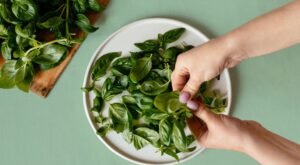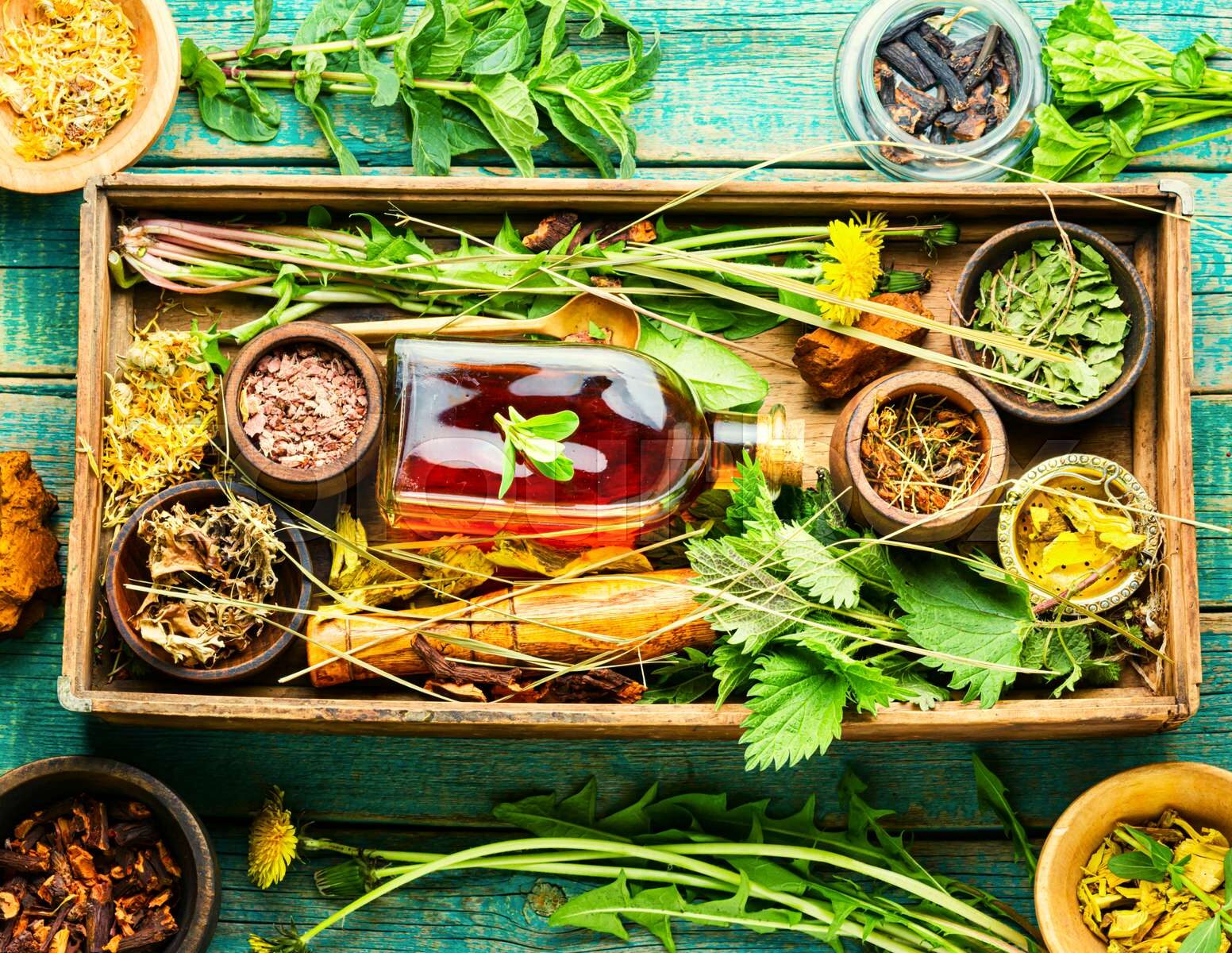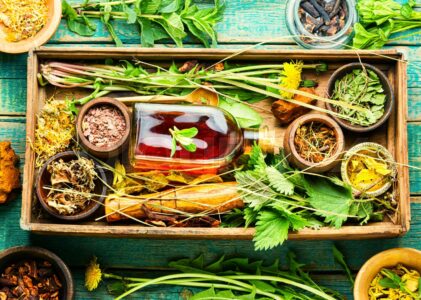Herbal medicine has been used for thousands of years as a natural way to promote healing and improve overall health. The history of herbal medicine dates back to ancient civilizations such as the Egyptians, Greeks, and Chinese, who used herbs for medicinal purposes. Today, herbs continue to be used for their healing properties, and there are numerous resources available to guide individuals in their use. One such resource is the book “Herbs for Healing: Mother Nature’s Herbal Remedies: The Comprehensive Guide to Harnessing the Power of Herbs for Better Health and Well-Being”. This comprehensive guide provides a wealth of information on the benefits and uses of herbs for healing.
Using herbs for healing offers many benefits. Herbs contain natural compounds that can help boost the immune system, reduce inflammation, and improve overall health. For example, Andrographis paniculata has been shown to have medicinal properties, such as reducing fever and inflammation, and boosting the immune system. Additionally, herbs are often less expensive and have fewer side effects than traditional pharmaceuticals. However, it is important to note that herbs should not be used as a substitute for medical treatment, and individuals should always consult with a healthcare professional before using herbs for medicinal purposes.

While herbs can offer many benefits, it is essential to consider safety when using them for healing. It is important to be well-informed about the potential side effects and interactions of herbs with other medications or health conditions. The book “Herbs for Healing: Mother Nature’s Herbal Remedies: The Comprehensive Guide to Harnessing the Power of Herbs for Better Health and Well-Being” provides guidance on how to consume herbs safely and effectively. With proper knowledge and precautions, herbs can be a powerful tool for promoting healing and improving overall health.
Types of Herbs and Their Healing Properties
Herbs have been used for centuries to treat various ailments and promote overall health and well-being. There are three main types of herbs: culinary herbs, medicinal herbs, and adaptogenic herbs. Culinary herbs, such as allspice, chives, fennel, oregano, and pepper, are commonly used in cooking, but they also have medicinal uses. For example, oregano has antibacterial properties, and chives are high in antioxidants. Incorporating these herbs into one’s diet can provide both flavorful meals and potential health benefits.

Medicinal herbs, on the other hand, are specifically used for their healing properties. These herbs have been studied extensively for their medicinal properties and have been found to have various health benefits. For instance, a review by Okhuarobo et al. in 2014 highlighted the medicinal properties and pharmacological effects of various medicinal herbs, including anti-inflammatory, analgesic, and antimicrobial properties. Some commonly used medicinal herbs include echinacea, ginger, and chamomile. These herbs can be taken in various forms, such as teas, tinctures, or capsules, to alleviate specific health conditions.
Adaptogenic herbs are a subcategory of medicinal herbs and are known for their ability to help the body adapt to stress. These herbs have been used for centuries in traditional medicine and are gaining popularity in Western medicine. Adaptogenic herbs, such as ashwagandha, holy basil, and rhodiola, can help improve energy levels, reduce stress and anxiety, and boost immune function. Incorporating adaptogenic herbs into one’s daily routine can provide numerous health benefits. Harnessing the power of nature’s healing herbs can be a safe and effective way to promote overall health and well-being.
How to Use Herbs for Healing
Herbs have been used for centuries for their healing properties, and there are various ways to harness their power. One way is to prepare herbal infusions, decoctions, and tinctures. Infusions and decoctions are made by steeping or boiling herbs in water, respectively, while tinctures involve soaking herbs in alcohol or vinegar. These preparations can be consumed as teas or added to food and drinks for their medicinal benefits. For instance, lemon balm can be used as a tea to ease anxiety. Incorporating herbal preparations into one’s daily routine can be a simple yet effective way to promote optimal health and well-being.

Topical applications of herbs are also common for treating various ailments. Herbal salves, poultices, and compresses can be applied directly to the skin to relieve pain, inflammation, and other symptoms. For instance, arnica can be used topically to reduce bruising and swelling. Essential oils, which are concentrated extracts of herbs, can also be used topically or in aromatherapy for their therapeutic effects. Incorporating herbs into one’s self-care routine in this way can provide a natural and holistic approach to healing.
Finally, incorporating herbs into one’s daily life for optimal health can involve various practices, such as cooking with herbs, using them in beauty and skincare products, and growing them in a home garden. Herbs are rich in antioxidants and other beneficial compounds that can support overall health and wellness. Additionally, learning about the properties and uses of different herbs can empower individuals to take charge of their own health and well-being. By harnessing the power of nature’s healing herbs, individuals can achieve better health and vitality in a natural and sustainable way.

